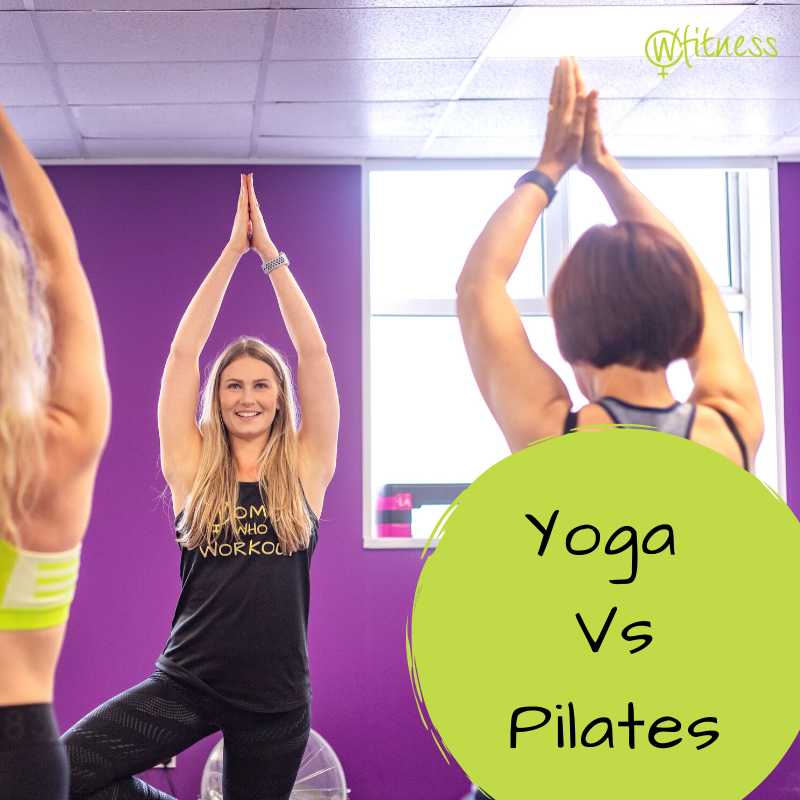They certainly look similar but are, in fact, very different. Let’s have a look at the differences between them.
What is yoga?
Yoga originated in ancient India over 5000 years ago and improves your mental health as well as your physical health by using a combination of breathing and postures. It is a very spiritual practice and is aimed at finding your path to inner peace, through a pattern of repetitive poses. Mentally, yoga poses help to calm the mind and put the body into a state of relaxation and physically, it improves flexibility and strength. Although today’s yoga has changed over the last 5000 years, the basic elements are still the same, but there are now many different variations of yoga.
Let’s look at a few examples:
Ashtanga (or Ashtanga Vinyasa) is a distinct, fast-paced type of yoga. It involves following six sets of yoga sequences, carried out at your own pace – the yoga instructor will walk around the class checking you are doing it correctly, rather than it being an instructor led class. Ashtanga is excellent for toning and to help shift any excess fat.
Bikram is a set of 26 poses, which are completed in the same order every time, practised in a room which is heated to 40°C – you will get sweaty! This is a more intense form of yoga as your heart rate will be raised meaning you will have to work harder.
Hatha describes most types of yoga as Hatha simply means ‘the practice of yoga postures’. This is a gentle yoga which can be used to get the body ready for deeper spiritual practices like meditation.
Hot yoga is basically the same as Bikram yoga but uses a different sequence of positions so has to be known by a different name. Yoga has many benefits and can help with diabetes and high blood pressure as well as easing chronic pain and injuries. Classes can range from gentle and calming to demanding and sweaty.
Freestyle Fitness Yoga – This is modern style of Yoga that we practice at W Fitness. We use the traditional yoga postures, but create fluid routines that build strength, flexibility and mobility with minimal ‘stopping’. Each routine is to a song you’ll recognise and love, such as ‘A Million Dreams’ by Pink, and songs from Michael Buble. Every session concludes with a lovely long relaxing stretch to calm your mind and body. You can find out more information here, or see our class timetable here.
What is Pilates?
Pilates has been around for nearly a century and was created by German anatomist, Joseph Pilates in order to help athletes suffering with sports injuries. Pilates uses specific exercises which work the whole body, focusing on the core and are used to improve posture and balance. These are also used to lengthen and stabilise the spine. As well as strengthening muscles, it is also used to relax tense muscles. Pilates has changed and developed greatly over the last few decades. It is still used in rehabilitation and recommended to patients when they have completed their treatment.
So, what are the differences?
Yoga and Pilates are similar in that they both concentrate on breathing and technique but that is where the similarities end. Yoga is a meditative discipline very much centred around spirituality and mind/body connection meaning that you are working your mind as much as your body. Exercise machines are not used in yoga as the body uses its own resistance. Usually, a mat is all that is needed (and sometimes a yoga block). Pilates uses many different types of equipment including balls, bolsters and rings as well as special equipment such as the Pilates reformer and spine corrector. The Pilates reformer was also invented by Joseph Pilates and is a table like machine used to give a more challenging workout, using springs and body weight to complete specific Pilates exercises. The spine corrector is a tool used for lengthening and strengthening the spine and improving the spine’s natural curvature. Yoga poses are held for longer than Pilates poses allowing you to fall deeply into each pose. These are repeated in a sequence. Yoga classes end with meditation and relaxation. In Pilates, the movements are shorter and quicker with less repetitions and more focus on control.
Do I choose yoga or Pilates?
You might need to try both to see which is more suited to you, which you enjoy, and which will help you to reach your fitness goals. Yoga will improve your flexibility and boost your mental health by relieving stress and clearing your mind while Pilates will help to improve your strength and tone your body targeting specific muscles, such as the core, spine and hips. If you want a more physical class, then try Pilates or if you’re wanting a more relaxing class, try yoga.
Take a look at our Yoga class here, or see our other classes here.
